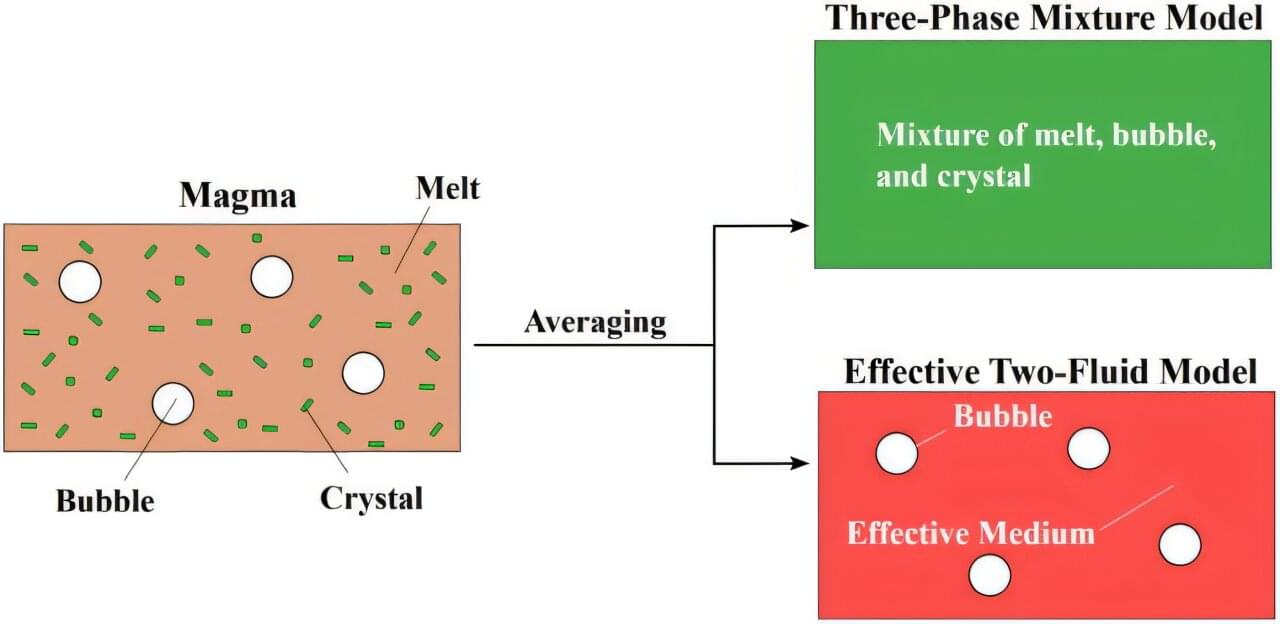A recent study has mathematically clarified how the presence of crystals and gas bubbles in magma affects the propagation of seismic P-waves. The researchers derived a new equation that characterizes the travel of these waves through magma, revealing how the relative proportions of crystals and bubbles influence wave velocity and waveform properties.
The ratio of crystals to bubbles in subterranean magma reservoirs is crucial for forecasting volcanic eruptions. Due to the inaccessibility of direct observations, scientists analyze seismic P-waves recorded at the surface to infer these internal characteristics.
Previous studies have predominantly focused on the influence of gas bubbles, with limited consideration given to crystal content. Moreover, conventional models have primarily addressed variations in wave velocity and amplitude decay, without capturing detailed waveform transformations.
